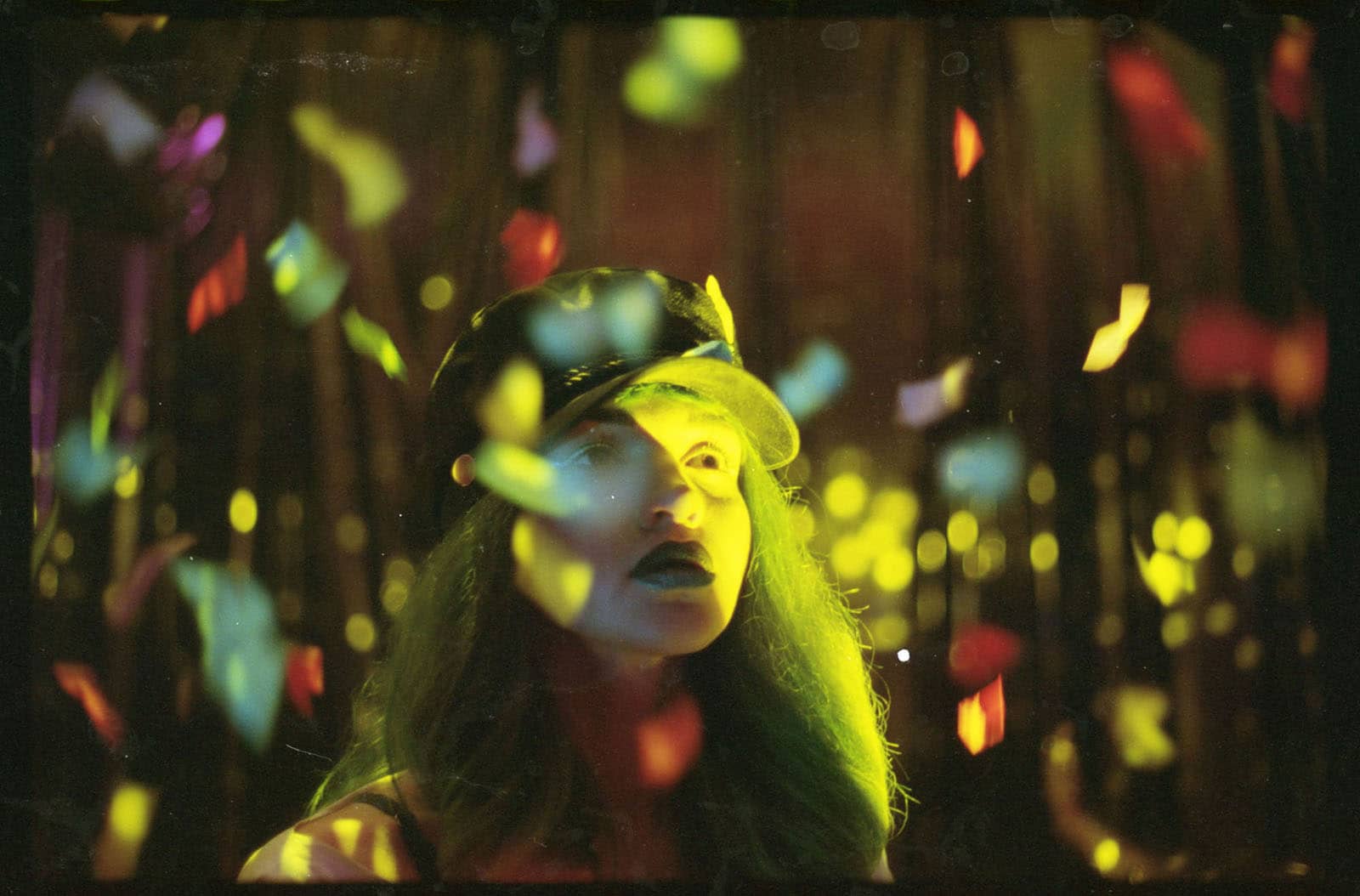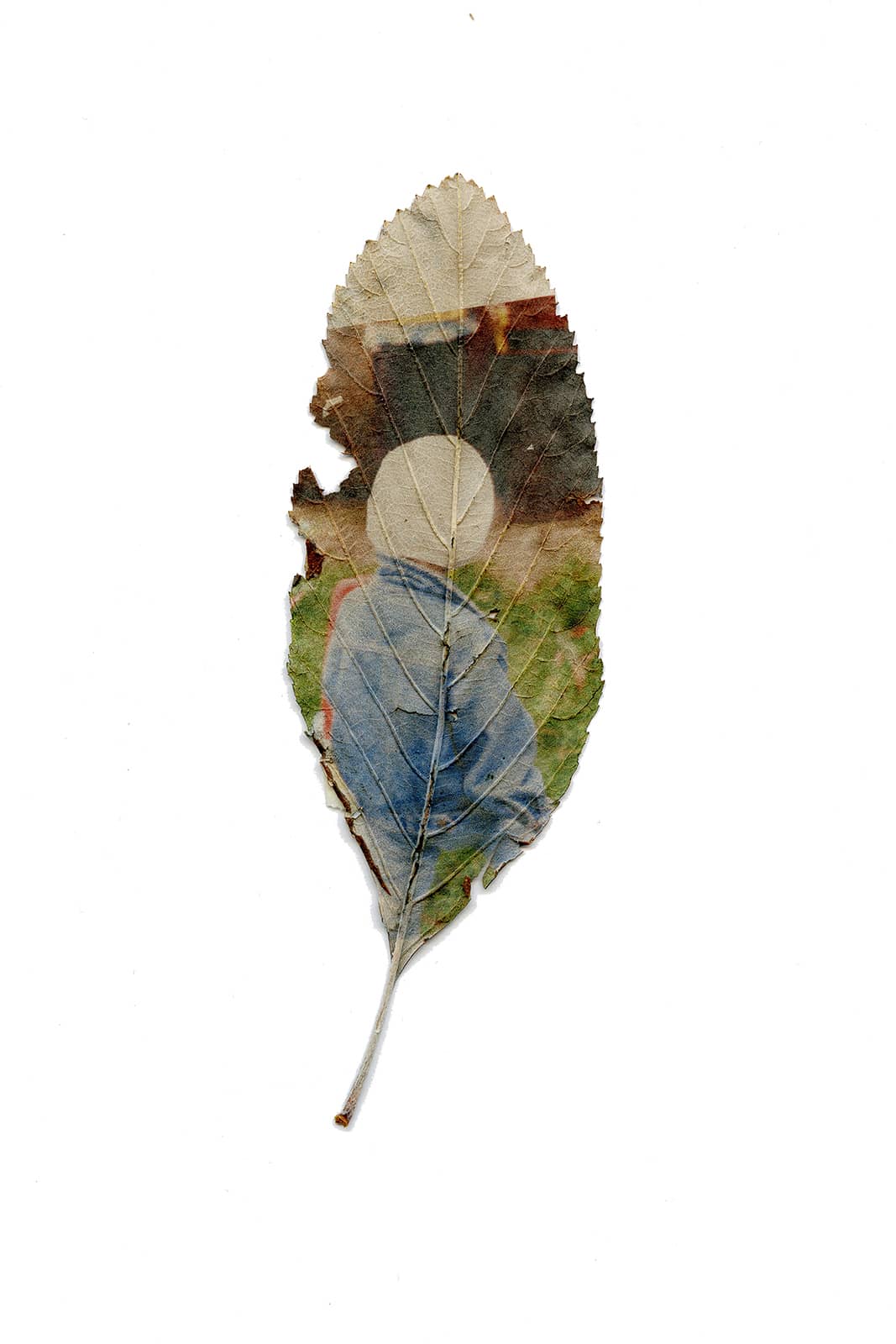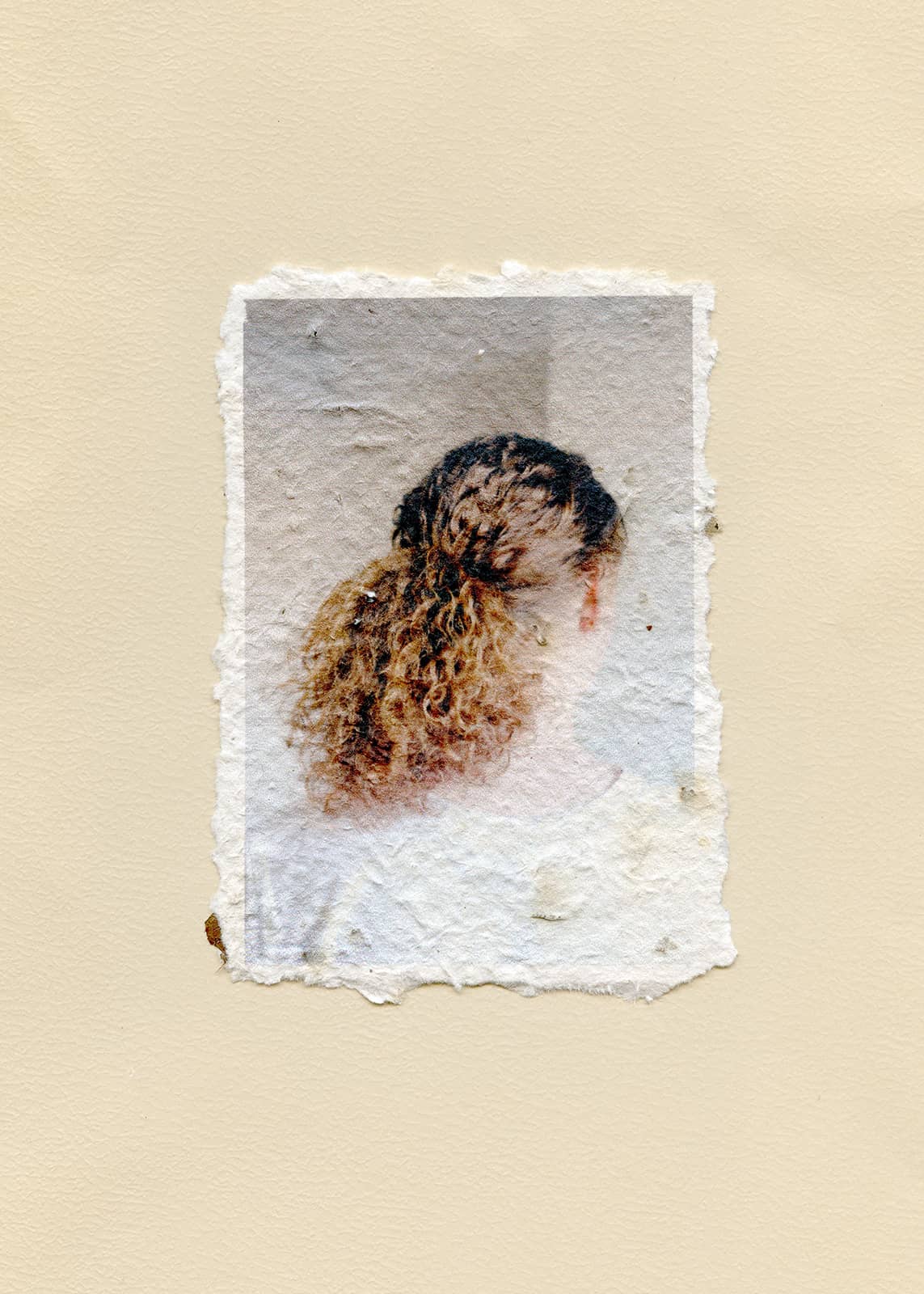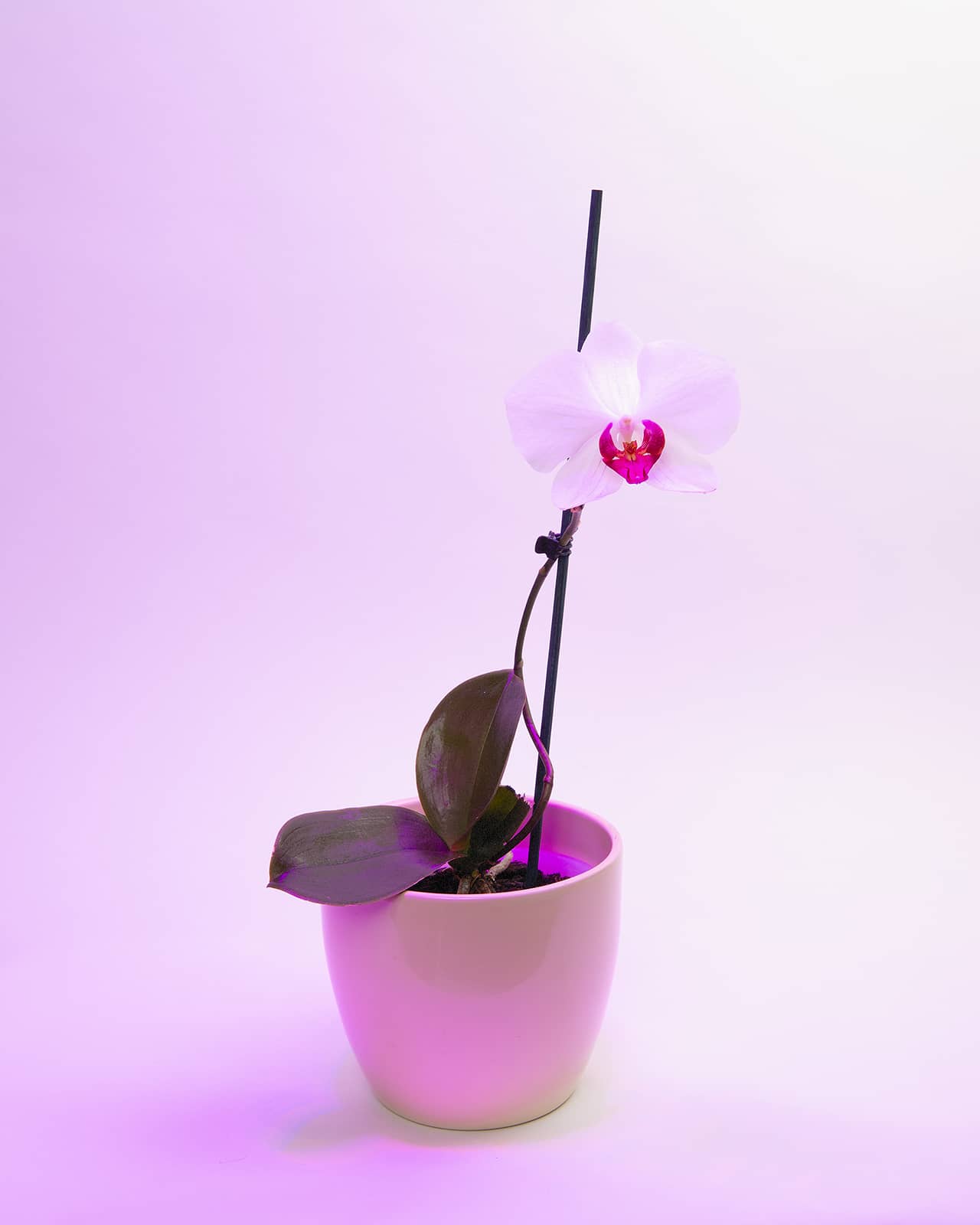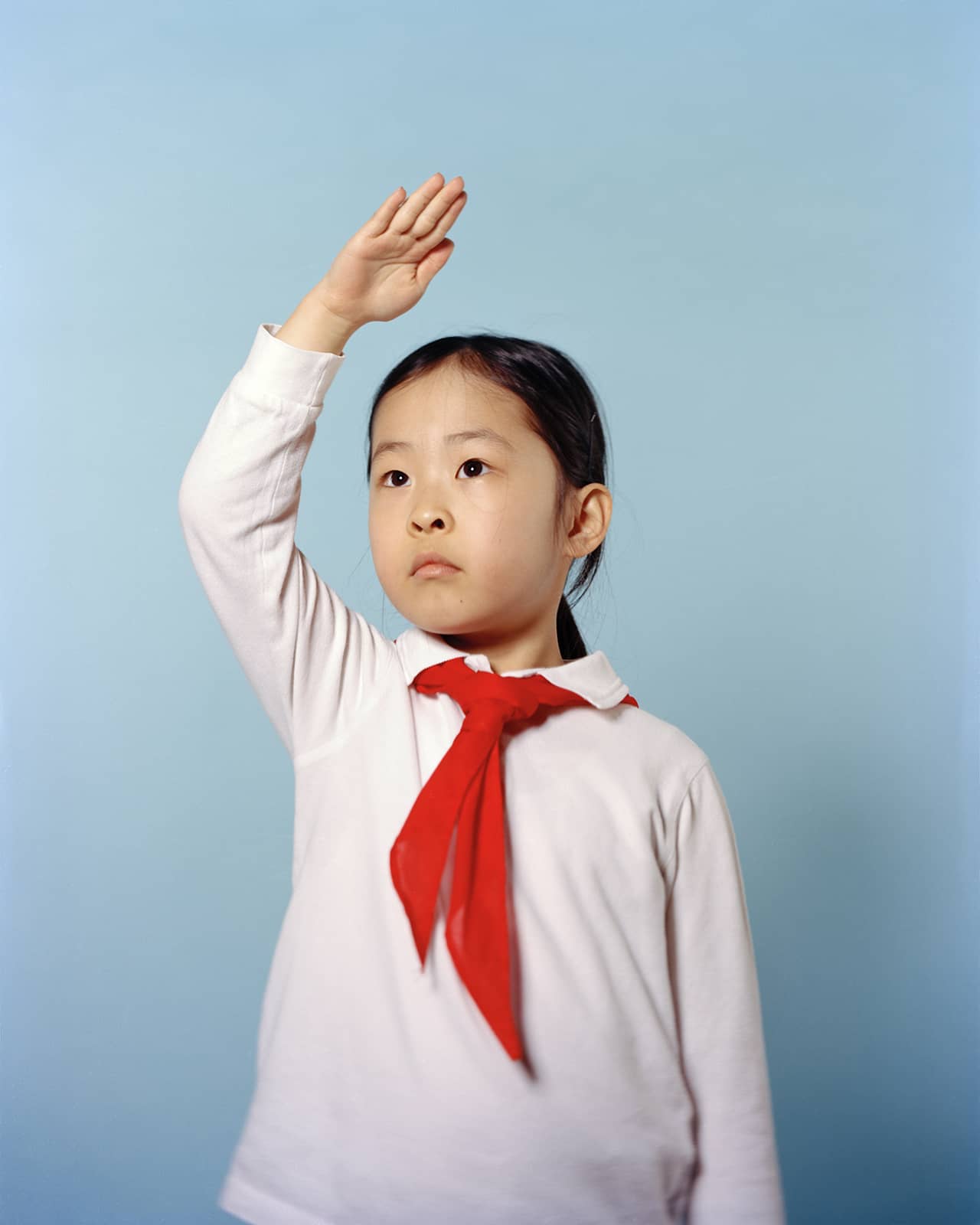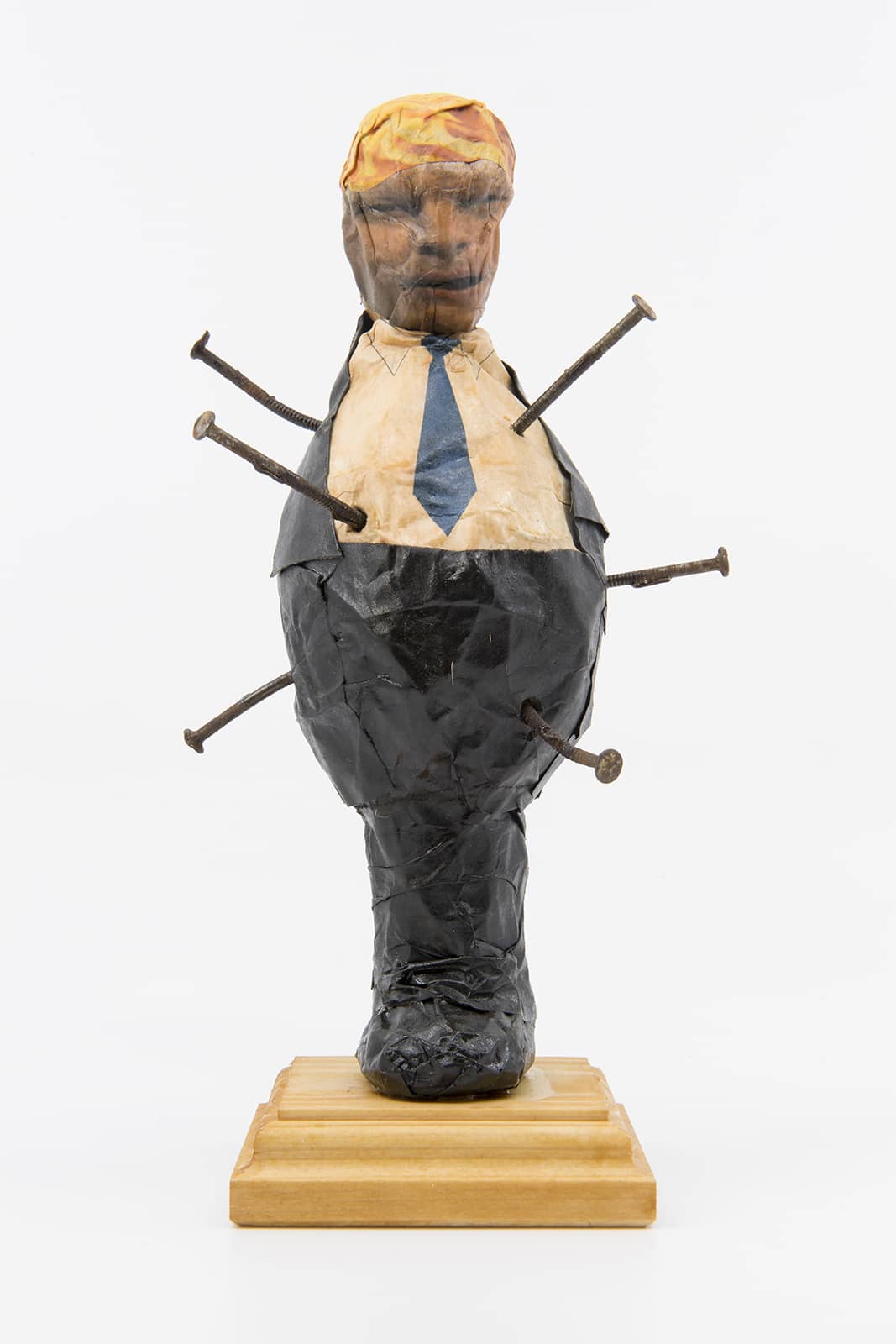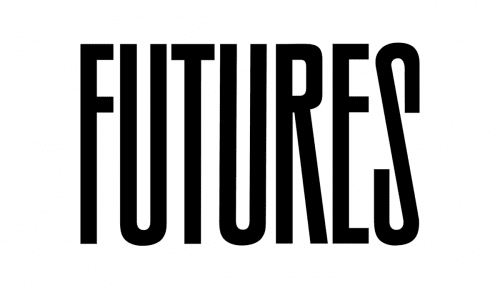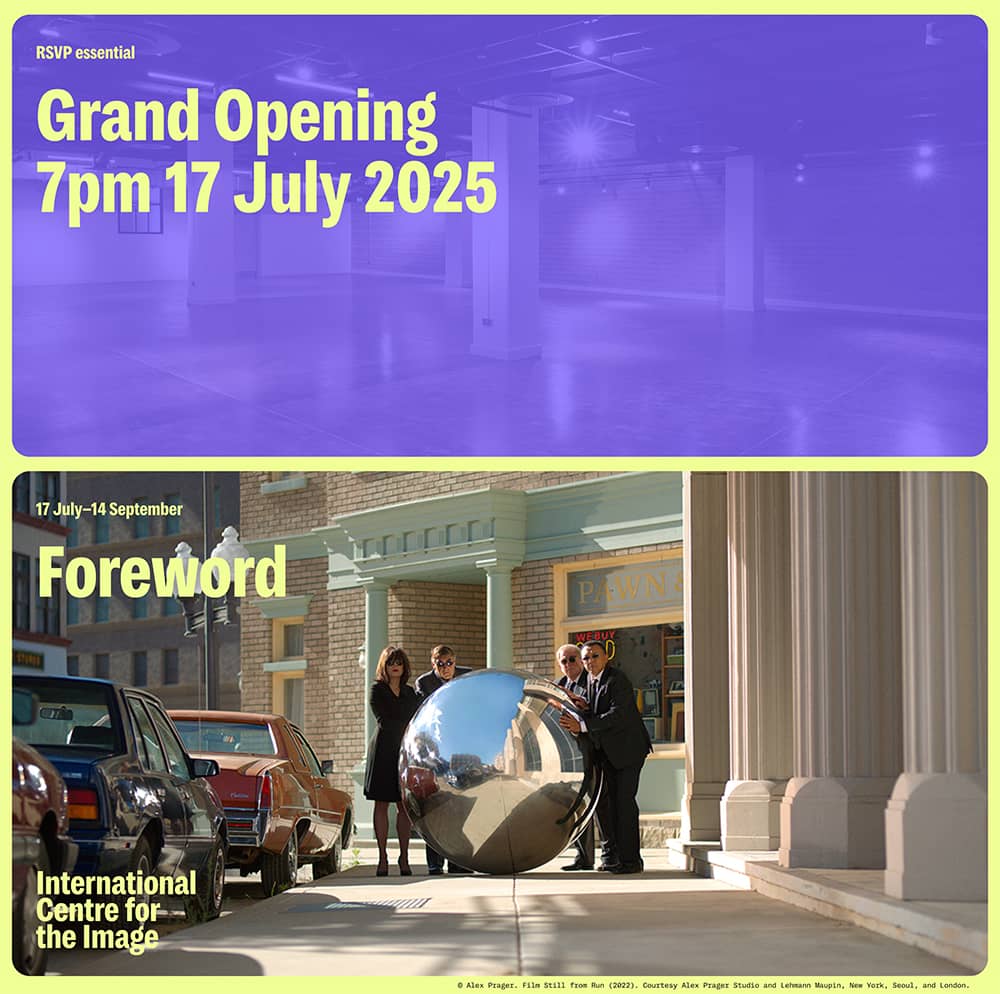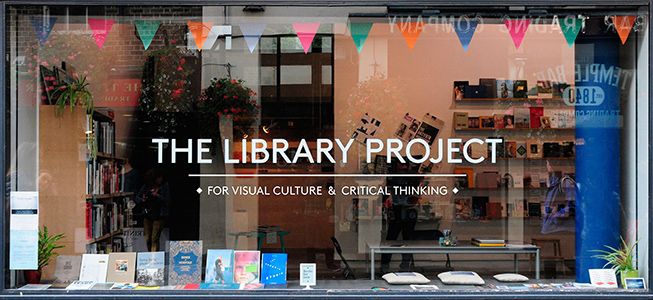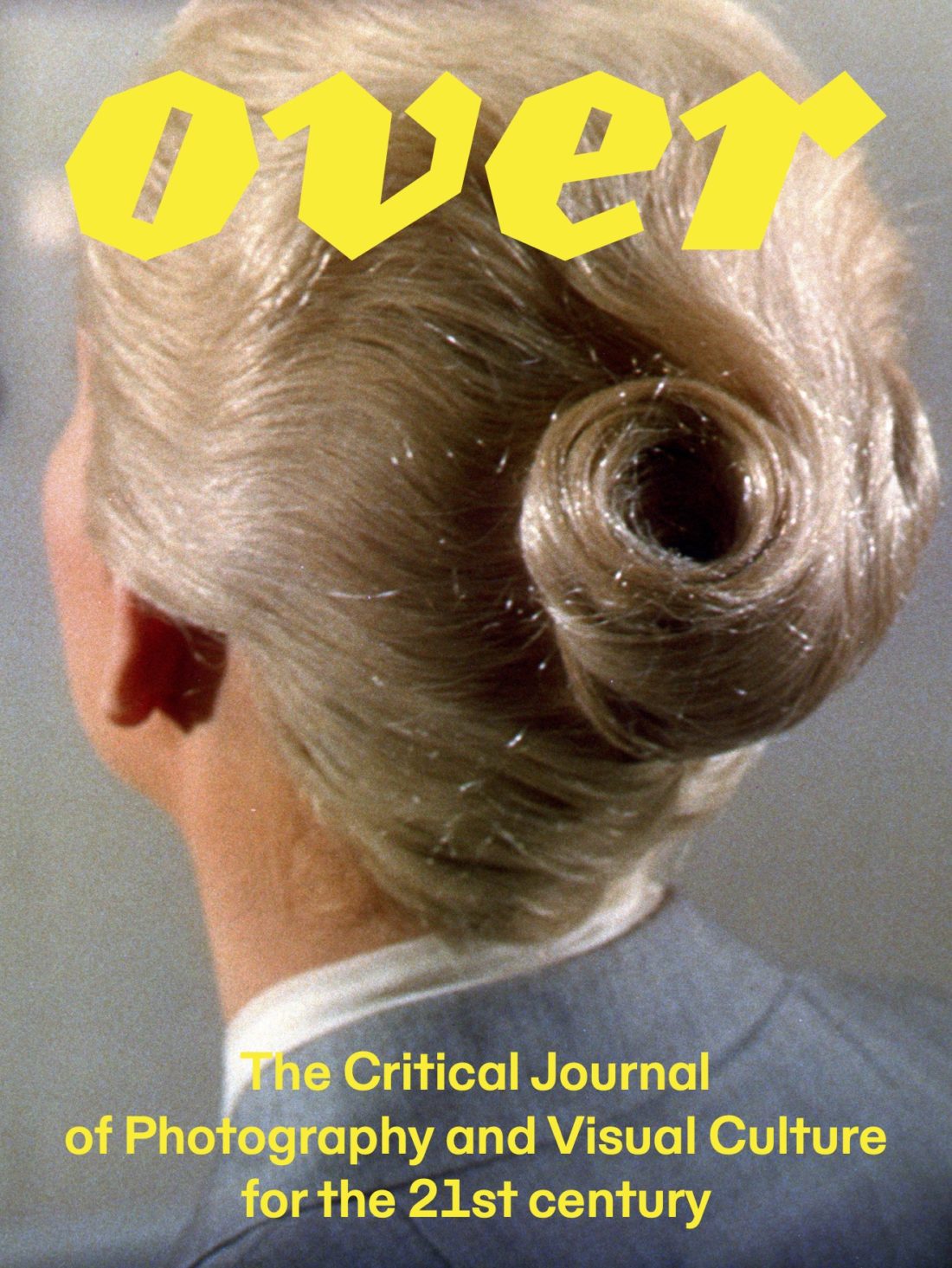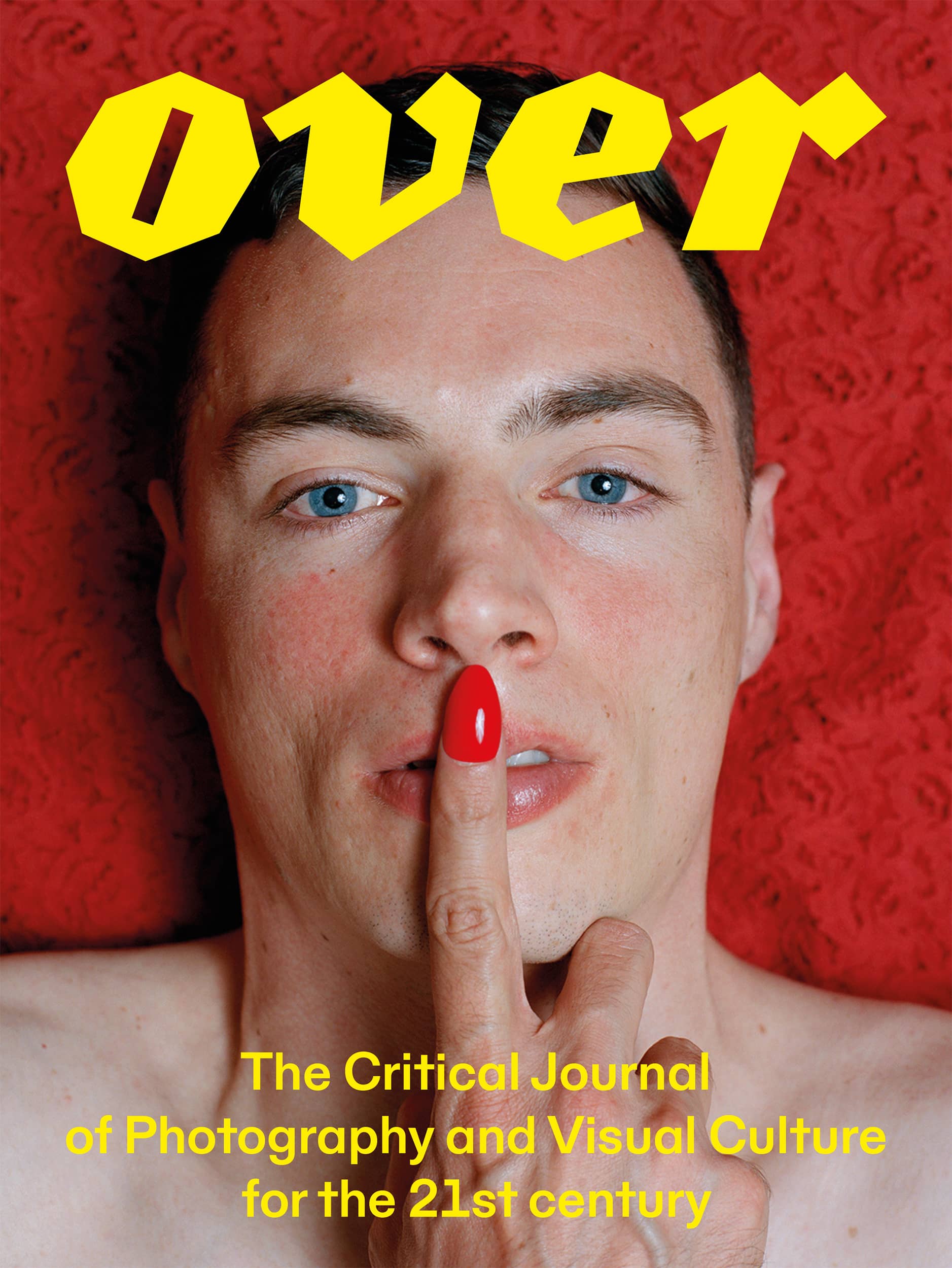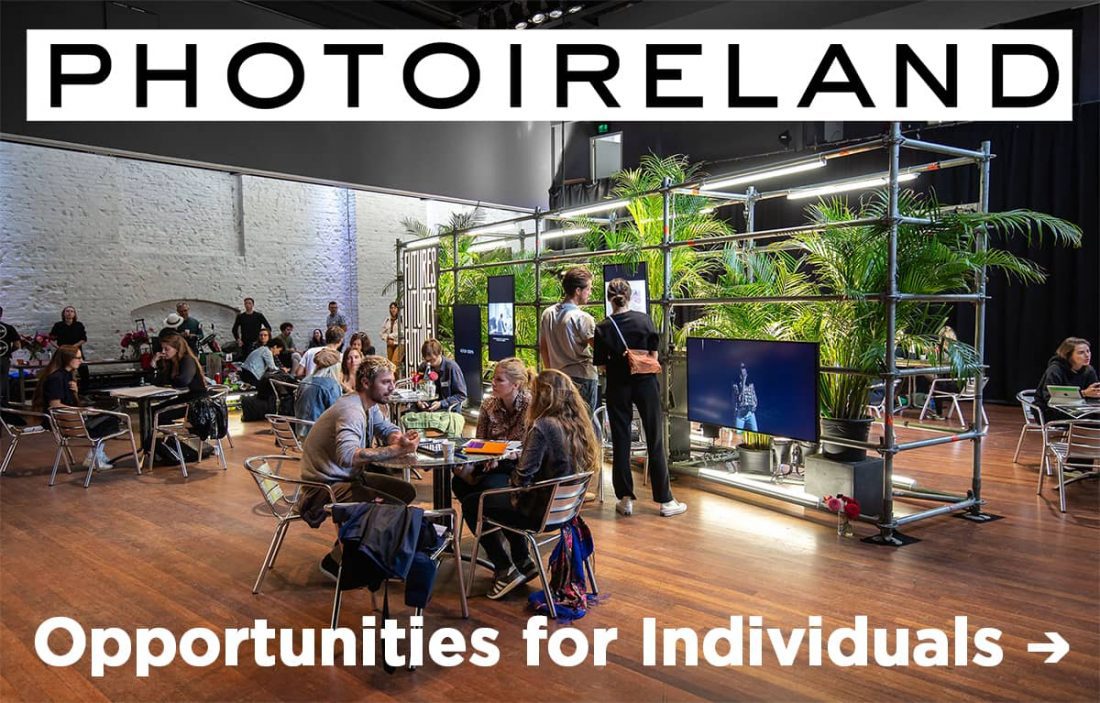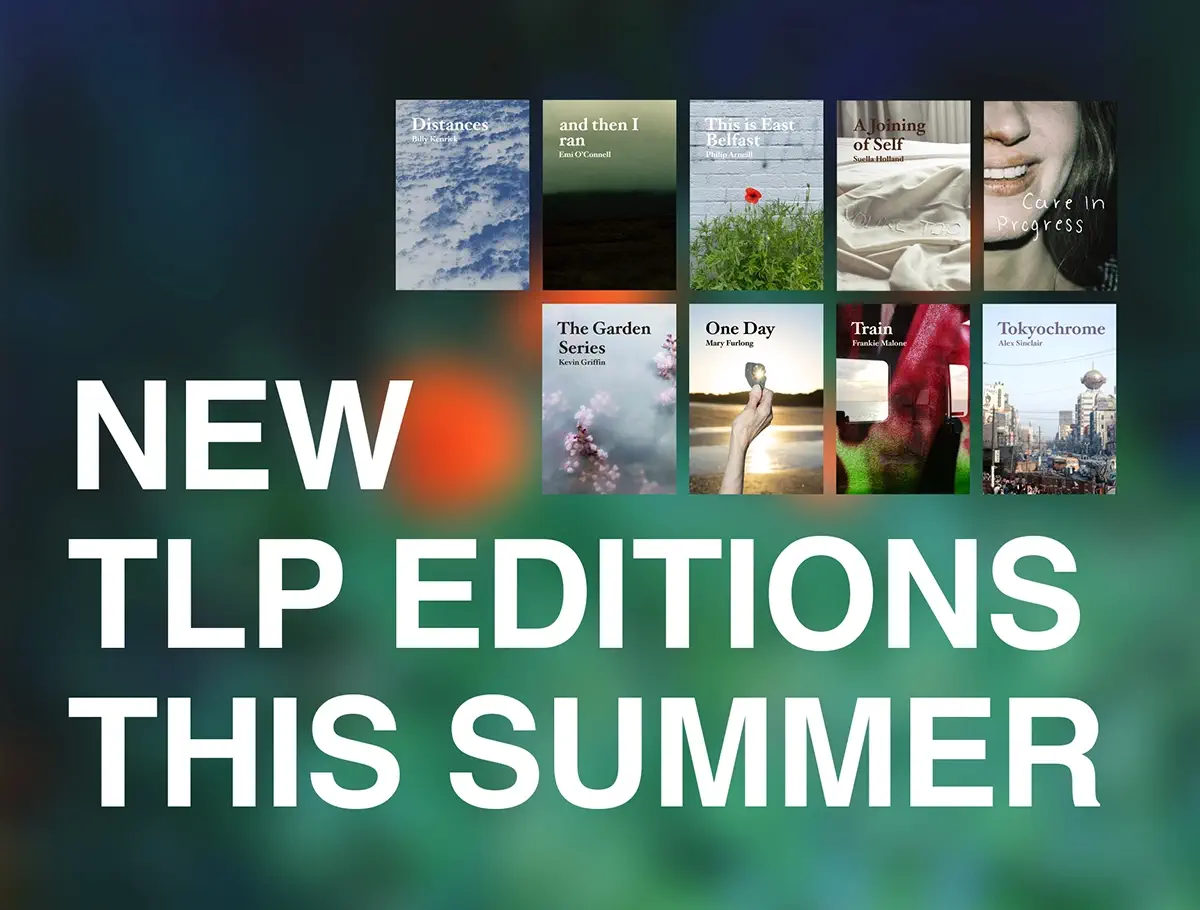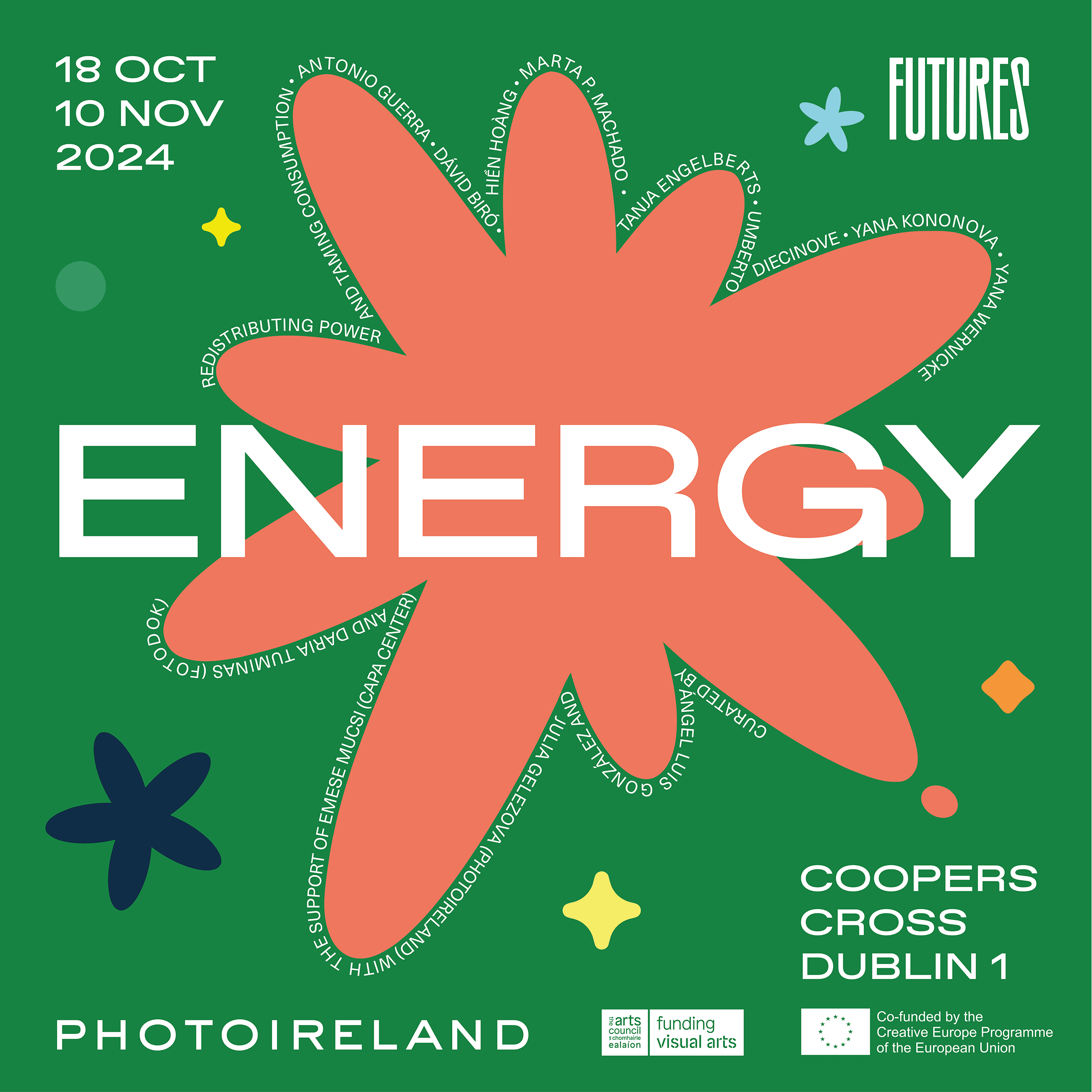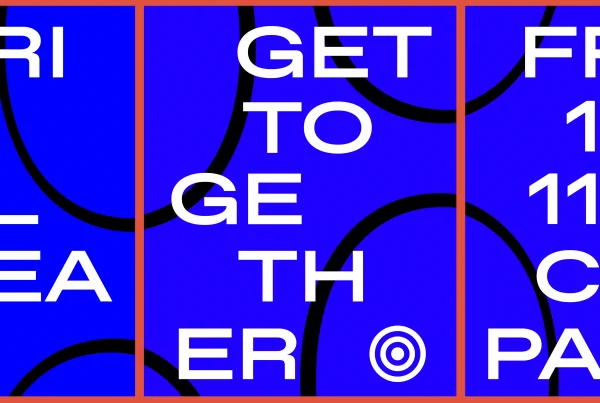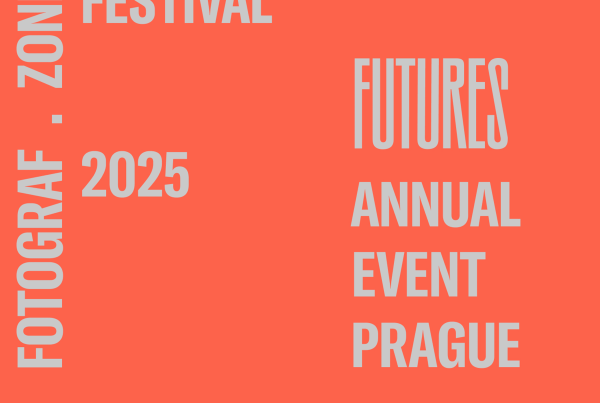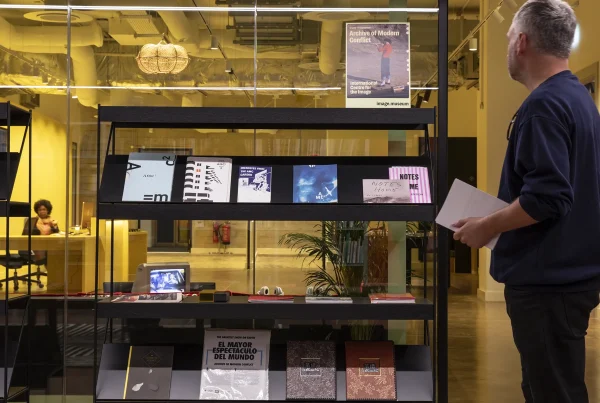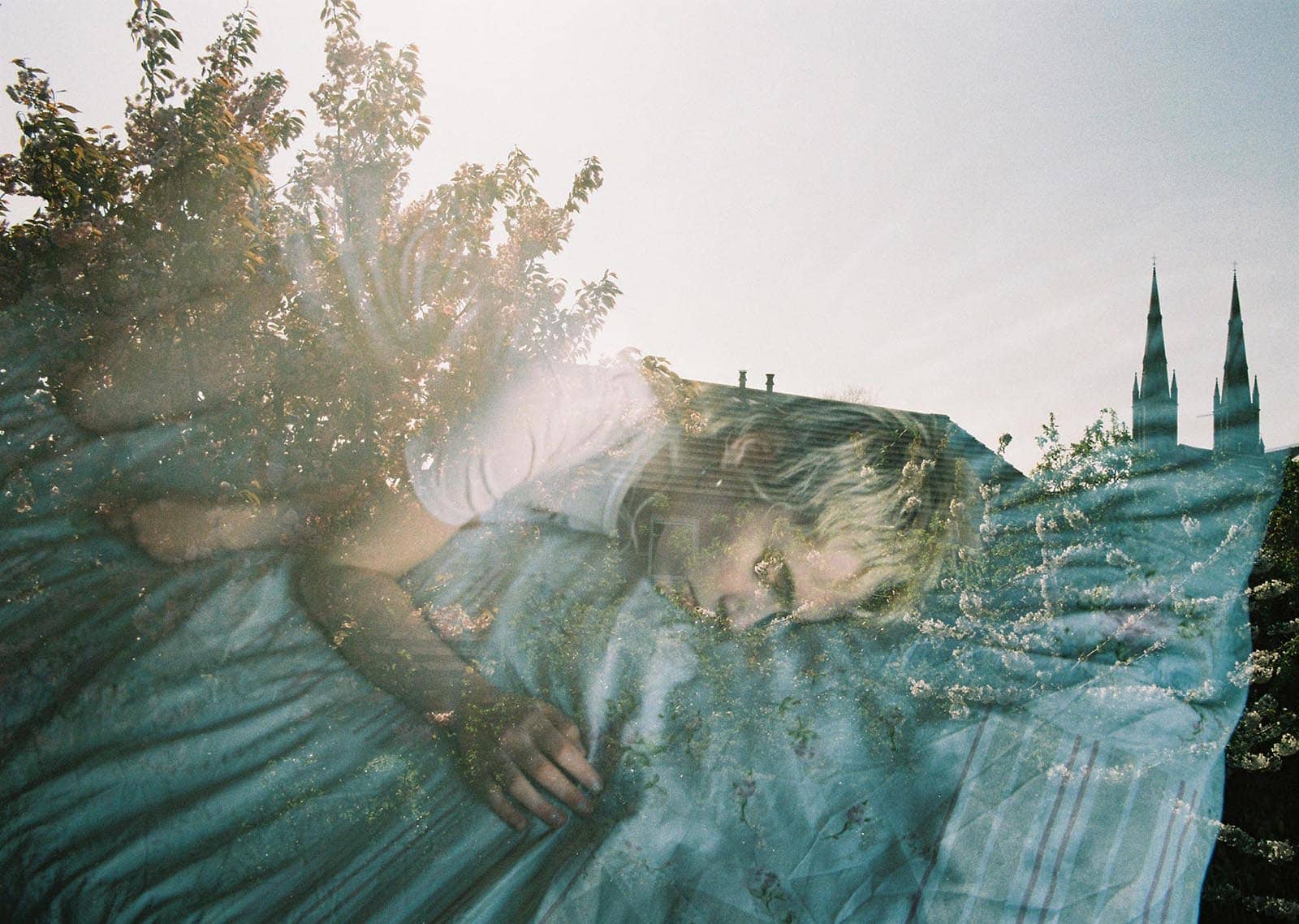
Launch: 6pm Thu 7 Oct
Running: 8-24 October
At: The Library Project
Discover the most recent work from five contemporary Irish photographers in this exhibition at The Library Project, presented as part of the FUTURES Photography Platform, an initiative co-funded by Creative Europe.
Each year, the FUTURES members nominate a number of artists to join the platform. By bringing together a wealth of resources and curatorial expertise, each talent selected by the members gains access to an unprecedented network of professionals, markets and audiences. The platform aims to stimulate the photographic economy from the bottom up by expanding the market. These members are prominent institutions operating in the field and have a great impact and influence in the world of photography, with PhotoIreland one of the founding members.
In 2021, PhotoIreland proposed five Irish and Ireland-based artists: Aoife Herrity, Audrey Gillespie, Clare Lyons, Jialin Long, and Mark Duffy. The artists will join the rest of the 2021 Futures in a showcase, a publication, events such as Futures Conversations, panel talks, and further networking events and opportunities at the annual event for contemporary photography HYBRIDS in Amsterdam this September. Their names have joined an extensive repository that already includes previous years’ artists: Aisling McCoy, Barry W Hughes, Becks Butler, Ciarán Óg Arnold, Dorje de Burgh, Garry Loughlin, George Voronov, Jamin Keogh, Mark McGuinness, Megan Doherty, Miriam O’Connor, Róisín White, Shia Conlon, Yvette Monahan, and Vera Ryklova, who you can find out more about at futures-photography.com
The exhibition is accessible from the 7th October during opening hours at The Library Project and runs until the 24th October.
About the Artists
Aoife Herrity, Sleeping Dogs Lie
Rumours, secrets and absent memories can affect the stories we tell about ourselves and where we come from. Conflicting narratives, faulty recollections and admonishments often bring unsettling questions to the surface. These lingering questions sometimes reveal gaps; exposing ruptured and converging narratives, causing our personal and family histories to appear as multiple realities. By examining these altered narratives, how and why they are tampered with or ignored altogether can be very revealing. Collective suppression and denial can tap into our deeper instincts, tugging at our intuition and implicit memory, leaving us to decipher and reinterpret based on our knowledge at a given time. These uncovered histories can cause agitation and conflict within ourselves and our families; their very presence casting long shadows that follow us into adulthood.
Sleeping Dogs Lie explores the darker sides of memory, the suppressed narratives and the vacuum of knowledge surrounding insidious experiences and their aftermath. Acknowledging the body’s various threat responses and subsequent protective measures invites greater understanding of complex traumatic encounters. This body of work aims to address the complexities involved in difficult and sensitive histories. By conjuring a psychological landscape, the viewer is invited to confront this sense of unease and to question subjective memory as a protective measure.
Audrey Gillespie, This Hurts
“This Hurts explores obsession, release and fantasy. Running in circles, building patterns, constructing itself into a wormhole of questions. Questions that ease me and questions that haunt me. Vulnerability and fragility expose themselves throughout the work, in the form of subtext and saturation while I try and snatch fleeting moments before they are gone, clinging to whatever brings me release. I fixate my anxiety-ridden dreams and overwhelming memories creating colour-saturated objects and tender moments splayed out for me to remember, to acknowledge and accept.”
This project documents queer youth through the arist’s personal interactions, stumbling around Northern Ireland, driven by a hazy aesthetic, she invitse the viewer to submerge into a world of bleared emotions. Using lo-fi techniques to create an unpolished form with 35mm format photography, colours glaze over dark backdrops and Gillespie immerses into a self-constructed fantasy. As a young queer female artist, examining her own existence and the imprints she has made takes place continually throughout the work, as a lingering subconscious echo. Reacting to intrapersonal conflict, Gillespie uses photography as a way of documenting, validating the existence of personal thoughts.
Though much of Gillespie’s work is personal, emotional and ties to inner issues, she cannot escape the climate, environment and identity that she exhibits and is influenced by. The decision to open up this extremely personal monologue is becoming a strange form of catharsis, creating and displaying outwardly the visual narrative of queer female sadness, mental illness and grievance from Northern Ireland is radical in itself.
Clare Lyons, Every Saturday
“The work to date looks at the relationship I had with my biological father, in light of the discovery that I have two Birth Certificates on file in the Irish Civil Registry System.
Using ephemera from the landscapes where we spent time together, on court-ordered Saturdays for the first ten years of my life, I create new documents and assemblages which demonstrate the desire to regain control; over my own sense of self, and over a time when I felt I had none. This childlike crafting reflects cathartic processes introduced to me from an early age through therapy and counselling, processes of working through trauma by creating and making.
Along with this, I have revisited my family archive. In these documents, the other half of my life is recorded. My family and I. My mother and I. My Dad and I. While this archive is completely devoid of any trace of my biological father’s physical presence, and my own memory incapable of recalling his form, I have unearthed visual clues and triggers in the photographs which allude to his haunting presence in my life. Through this reflective process of revisiting and re-appropriating both photographs and documents, I weave a narrative that finally speaks for this little girl, my younger self, who was desperate to align herself with one identity, one family, and one Dad.
Despite being born out of what has felt like unresolved trauma and a sense of conflicting identities, the project has in many ways become a celebration. Not only of my own personal resilience in the face of my experiences but also of the Dad I chose and the love he had for me which has never faltered.”
Jialin Long, Red Illuminates
Red Illuminates explores the concept of culture in socialist countries and how loyalty to the state is cultivated. The catalyst for the project was found in a residential area of Beijing where Special Criminal Syndicate Combat propaganda posters displayed, on average, every 40 meters. These are presented alongside large-format portraits of so-called young pioneers emulating Mao Zedong’s portrait in Tiananmen Square. A white orchid blooming under artificial grow lights, a still from a video work, is listening to socialist propaganda from CCTV (China’s official news channel) continuously for 30 days. With this video, Long asks the question, “could this conditioning eventually turn a white orchid red?”. These symbolic references provide a framework to examine the power dynamics of state-generated loyalty in China.
Mark Duffy, In the Wake of Brexit
Duffy’s recent ongoing work documents the aftermath of the UK’s fractious Brexit referendum, framing these themes with absurdity and humour. Duffy formerly worked as photographer for the Houses of Parliament (2015-2019) during which his photojournalism characterised many memorable front pages.
Duffy began building a Brexit Archive following the Referendum. At a time when was much being said about Brexit, this discourse had yet to materialise in any visible, tangible way. The Archive has since evolved to combine factual and fictitious artefacts of Brexit. Some are genuine souvenirs and documents, while others are symbolic statements that comment on Brexit’s legacy.
PhotoIreland and Futures
Since 2017, PhotoIreland is the Irish member of the European Platform of Photography FUTURES, alongside other partner organisations. FUTURES organises a series of events across Europe within each of its member countries. The aim of the platform is to pool the resources and talent programmes of leading photography institutions across Europe in order to increase the capacity, mobility and visibility of its selected artists. All participant members of the platform put forward artists annually to be promoted nationally, and that alongside all the other selected artists gather at the main FUTURE annual event in Amsterdam. It is there where they enjoy a series of professional development events conceived to further their careers and promote their work. The artists are also promoted online, in print, participate in awards, and enjoy a profile page on the FUTURES website. You can visit these at futures-photography.com/artists
Aside from the 5 artists announced above, PhotoIreland has put forward already 15 artists: Aisling McCoy, Barry W Hughes, Becks Butler, Ciarán Óg Arnold, Dorje de Burgh, Garry Loughlin, George Voronov, Jamin Keogh, Mark McGuinness, Megan Doherty, Miriam O’Connor, Róisín White, Shia Conlon, Yvette Monahan, and Vera Ryklova.
Futures Photography Platform is co-funded by the Creative Europe Programme of the European Union, and PhotoIreland is the Irish partner of the platform.
The current members of the platform are British Journal of Photography (UK), CAMERA (IT), Copenhagen Photo Festival (DK), FOMU (BE), Fotofestiwal Lodz (PL), PHotoESPAÑA (ES), PhotoIreland (IE), Photo Romania Festival (RO), Robert Capa Contemporary Photography Centre (HU), Tbilisi Photo Festival (GE), The Calvert Journal (UKR), Triennial of Photography Hamburg (DE), and Void (GR). FUTURES is co-funded by the Creative Europe Programme of the European Union.




